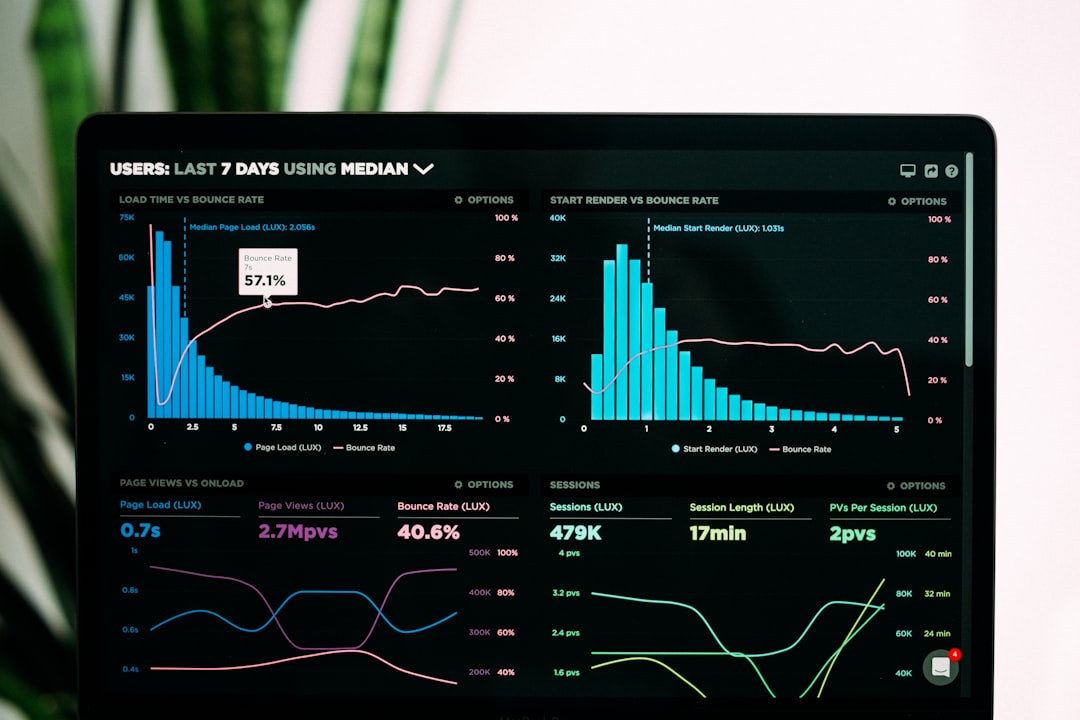
Practical Approaches to Handling Abstraction in Big Data Applications
In the world of big data, abstraction plays a pivotal role in managing complexity and enhancing efficiency. As organizations increasingly rely on large datasets to drive decision-making, understanding how to handle abstraction effectively has become a necessity. This article delves into practical approaches for managing abstraction in big data applications, providing valuable insights for developers, data scientists, and business leaders alike.
Understanding Abstraction in Big Data
Abstraction is the process of simplifying complex systems by hiding unnecessary details and exposing only the essential features. In big data applications, abstraction allows developers to focus on high-level functionality without getting bogged down by the underlying infrastructure. This leads to improved productivity and better resource management.
Key Approaches to Handling Abstraction
1. Leveraging Abstraction Layers
One effective way to manage abstraction is through the use of abstraction layers. These layers separate the application logic from the data storage and processing components. For instance, using a data access layer can streamline interactions with databases, enabling developers to switch between different storage solutions without rewriting application code.
2. Utilizing Data Processing Frameworks
Frameworks such as Apache Spark and Hadoop provide built-in abstraction mechanisms that simplify data processing. By using these frameworks, developers can take advantage of distributed computing without needing to understand the intricate details of the underlying architecture. This allows teams to focus on writing business logic while the framework handles scalability and performance optimization.
3. Implementing Serverless Architectures
Serverless computing is gaining traction as a practical approach to abstraction in big data applications. Providers like AWS Lambda and Google Cloud Functions offer a way to run code without managing servers. This model abstracts away infrastructure management, allowing developers to deploy applications quickly and efficiently while only paying for the resources used during execution.
4. Adopting Microservices Architecture
Microservices architecture encourages the development of applications as a collection of loosely coupled services. Each service can be developed, deployed, and scaled independently, fostering a better abstraction of functionality. By implementing microservices, organizations can manage complexity and streamline the development process, making it easier to adapt to changing business needs.
5. Embracing Data Virtualization
Data virtualization enables organizations to access and manipulate data from multiple sources without physically moving it. By creating a virtualized view of data, teams can abstract the complexities of data integration. Tools like Denodo and Cisco Data Virtualization allow users to query disparate sources as if they were a single entity, enhancing data accessibility and reducing time to insights.
Current Developments and Trends
As big data technologies continue to evolve, several trends are emerging that influence how abstraction is handled:
-
AI and Machine Learning Integration: The integration of AI and machine learning with big data applications is enhancing abstraction capabilities. By automating data processing and decision-making, organizations can achieve deeper insights without intricate manual intervention.
-
Focus on Data Governance: As organizations navigate regulatory landscapes, data governance has become critical. Abstraction tools that ensure compliance while simplifying data access are increasingly in demand.
-
Real-time Data Processing: The shift towards real-time data processing is pushing the development of new abstraction techniques. Technologies that facilitate real-time analytics allow organizations to react swiftly to changing conditions, making abstraction increasingly vital.
Case Study: Netflix
Netflix employs a combination of microservices architecture and abstraction layers to handle its vast data operations. By abstracting its data processing and storage systems, Netflix can efficiently deliver personalized content recommendations to its users. This approach not only improves user experience but also enables the company to scale its operations seamlessly.
Tools and Resources
For those looking to expand their knowledge and capabilities in managing abstraction in big data applications, consider exploring the following resources:
- Apache Spark Documentation
- Hadoop Official Website
- AWS Lambda Documentation
- Denodo Data Virtualization
Conclusion
Handling abstraction in big data applications is crucial for maximizing efficiency and driving innovation. By leveraging abstraction layers, data processing frameworks, and serverless architectures, organizations can simplify complexity and focus on delivering value. Staying informed about emerging trends and adopting best practices will ensure that teams are well-equipped to tackle the challenges of big data.
For more insights and updates on big data and DevOps practices, consider subscribing to our newsletter or sharing this article with your network. Engaging with the community can lead to valuable discussions and knowledge sharing that benefits everyone involved.


